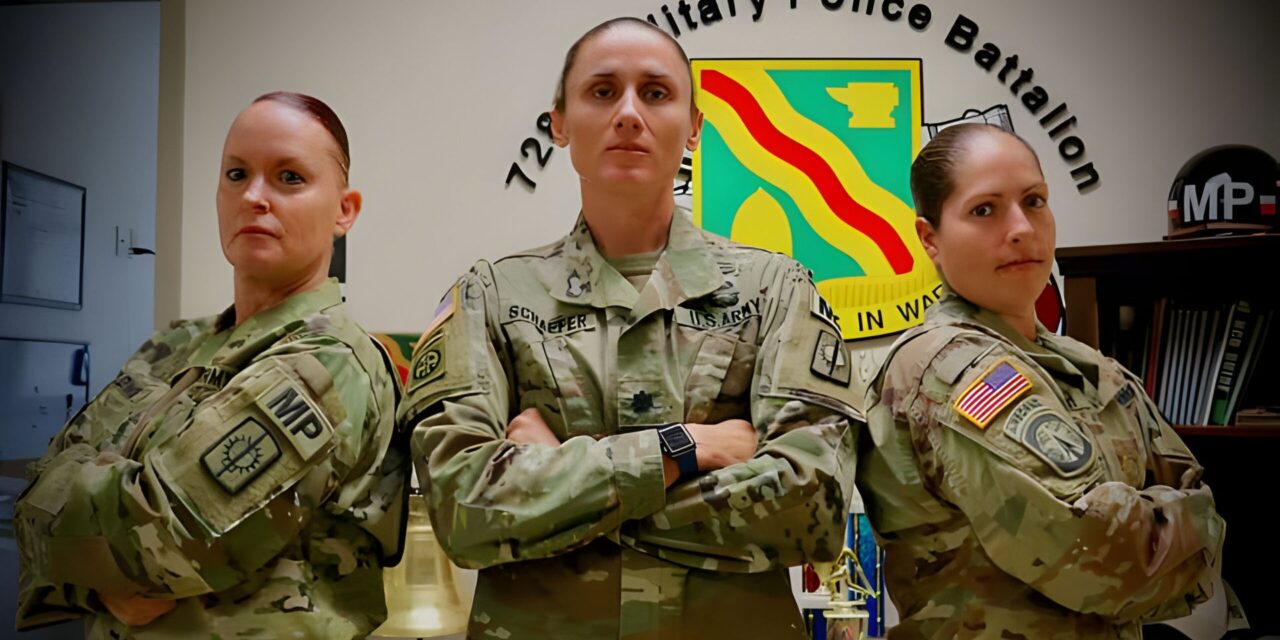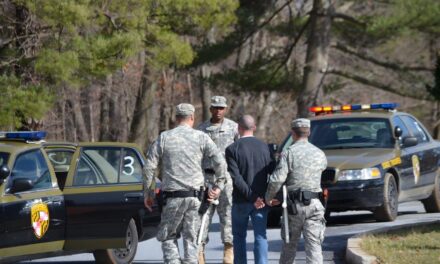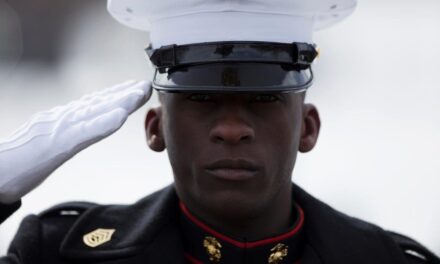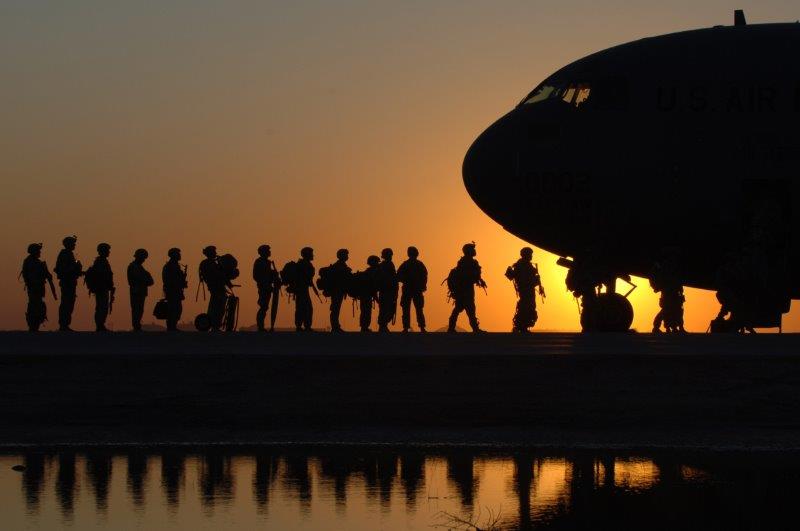Despite the strides women have made toward equality in the past 50 years, they remain underrepresented in a variety of professions. This includes the military, where women have had to break barriers to pursue careers in male-dominated fields. Female military police have been pioneers in the military police corps, shattering norms and excelling in a field historically dominated by men.
They have played a crucial role in the United States Army and have made significant contributions throughout military history. From becoming the first woman in the military police to holding leadership positions, these female MPs have proven their capability and dedication in the face of challenges and discrimination. Their inclusion in the military occupational specialty of military police has been a significant milestone for the advancement of women in the armed forces.
Key Takeaways:
- Women have served vital roles in all areas of Law Enforcement, including military police
- Female military police have broken barriers and excelled in a male-dominated profession.
- They have made significant contributions to the United States Army and military history.
- Female military police have faced challenges and discrimination but have proven their capability and dedication.
- They have paved the way for the advancement of women in the armed forces.
- Their inclusion in the military police occupational specialty is a significant milestone.
The Vital Role of Women in Law Enforcement
Women have served in law enforcement roles as early as the 1900s. But they weren't fully integrated into policing until the 1970s. The numbers show that female representation still has room for growth.
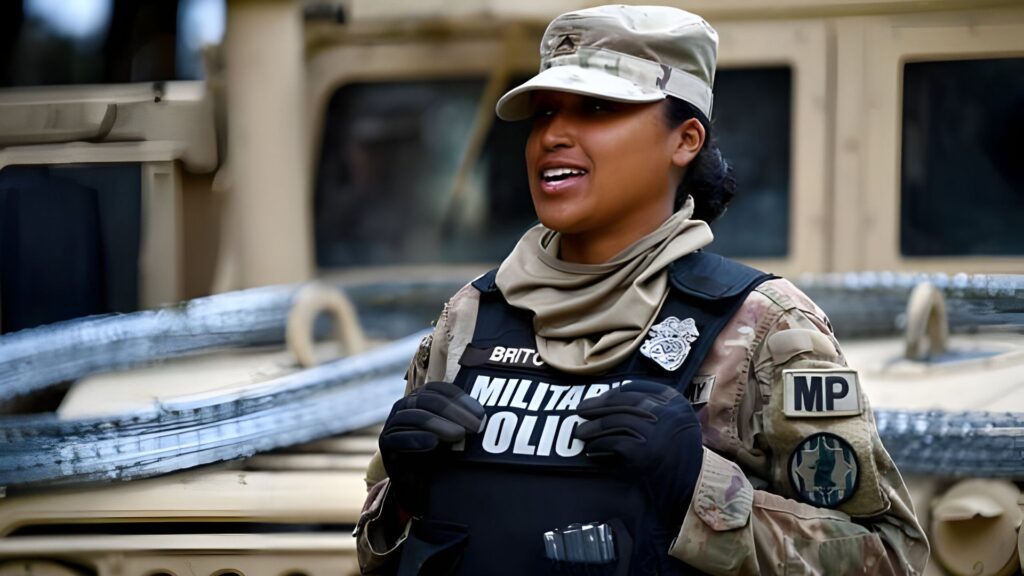
Why Female Officers Benefit Police Forces
Study after study shows that including women officers provides unique advantages to both police forces and the communities they serve:
- Communication and de-escalation - Female officers typically employ verbal communication over physical force. They have been found to be less confrontational and better at defusing tensions.
- Serving vulnerable groups - Women may be perceived as more approachable. This helps in situations involving domestic violence or crimes against women and children.
- Diversifying perspectives - Women bring different life experiences, adding diversity of thought. They also promote inclusion and fairness in policy-making.
- Building community trust - Higher numbers of female officers have been linked to improved public perception and trust in the police.
Overcoming Stereotypes and Perceptions
Despite the evidence showing their value, female officers still face doubts about their competency - both from their colleagues and the public:
- Many people assume women don't have the physical strength required for police work. But modern police activities rely more heavily on communication skills where women tend to excel.
- There's a perception that women cannot remain as emotionally detached as their male peers when facing danger or trauma. But research shows female officers demonstrate level-headedness on par with men.
- Male officers may doubt female capabilities and hesitate to provide backup. But data reveals courage under fire does not depend on gender. Integrated training and exposure is helping to shift attitudes.
The Ongoing Fight for Equality and Representation
Women seeking careers in law enforcement - particularly in high-ranking or combat positions - still face institutional and social barriers. But the tide is shifting through legal reform and support for female recruitment and development.

Barriers to Entry and Retention of Female Officers
- Strict physical fitness tests often put women at a disadvantage from the outset. Advocates argue these assess brute strength over necessary job skills.
- Inflexible policies around pregnancy and childcare deter some women from entering or cause them to drop out.
- In the hyper-masculine culture of policing, female officers experience discrimination, harassment, and marginalization. Many feel pressured to adopt male attitudes to fit in.
Targeted Recruitment and Mentorship
- Law enforcement leaders recognize diversification is both a social justice and a practical imperative for building an effective 21st century police force.
- Agencies are launching initiatives to attract more female candidates through targeted marketing and by spotlighting career possibilities at schools and job fairs.
- Mentorship programs, women's networks, and employee resource groups create communities of support for women once they are on the job.
| Police Force | % Female Officers |
|---|---|
| Local/Municipal | 12% |
| State Police | 8% |
| Federal Agencies | 20% |
The First Female Military Police Officers
In 1943, Linda Bray became the first woman to command a military police company in the United States military. Bray served as a staff sergeant in the 988th Military Police Company during the Panama operation, known as Operation Just Cause. This marked a historic moment in military history, as it paved the way for the inclusion of women as military police officers.
Since then, the presence of female military police officers has grown, and they have become an integral part of the military law enforcement system. Women have served in various roles within the military police, including as part of military working dog units and as members of the Women's Army Corps. Their contributions as female service members in the military police have been invaluable.
Table: Milestones in the History of Female Military Police
| Year | Milestone |
|---|---|
| 1943 | Linda Bray becomes the first woman to command a military police company in the United States military |
| 1948 | The Women's Army Corps is established, allowing women to serve in non-combat roles, including military police |
| 1975 | The Women's Army Corps is disbanded, and women are integrated into the regular army |
| 2015 | The U.S. Army opens the Ranger School to women, and the first female sldiers earn their Ranger Tab |
"The inclusion of women in the military police has been a significant milestone for gender equality in the armed forces," says Brigadier General John Smith, a former military police officer. "Female officers have proven themselves capable and dedicated to upholding the law and ensuring the safety of service members."
Challenges and Triumphs of Female Military Police
Female military police officers have faced unique challenges throughout their careers. Initially, many women had to overcome barriers to enter officer training programs and complete the rigorous training required to become military police officers. One of the first major hurdles was attending the Military Police Officer Basic Course at Fort Leonard Wood, where women had to prove themselves capable of meeting the physical and mental demands of the job.
Additionally, female officers have had to navigate the male-dominated officer corps, often facing resistance and stereotypes. However, their perseverance and dedication have allowed them to excel in their roles. Many female military police officers have risen through the ranks to become leaders within the military police community, including those who have served as Provost Marshal General Brigadier General, overseeing the overall operations of the military police.
Their contributions to criminal investigations and military police detachments have been crucial to maintaining discipline and ensuring the safety of service members. On March 20, the U.S. Army celebrated Female Military Police Day to honor the achievements and sacrifices of female military police officers. This recognition highlights the invaluable contributions made by these dedicated individuals in protecting and serving their fellow service members. The proud legacy built by generations of pioneers has opened doors for continued diversity and gender equality within military law enforcement roles into the future.

Table: Female Military Police Officers in Leadership Positions
| Rank/Position | Name |
|---|---|
| Provost Marshal General Brigadier General | Patricia Frost |
| Former Female Military Police Officer | Linda Bray |
| Commander, Military Police Corps Regiment | Brigadier General Marion Garcia |
| Deputy Commanding General, Combined Arms Center - Training | Maj. Gen. Donna Martin |
Female military police officers continue to overcome obstacles and make significant contributions to the military. Their achievements demonstrate their ability to succeed in a challenging and demanding field, further breaking down barriers for women in the armed forces.
The presence of female military police officers has not only advanced the military police profession but also paved the way for greater opportunities for women in the military. As we celebrate their achievements and recognize the progress made, it is important to continue supporting and encouraging the inclusion of women in all areas of the armed forces. The future of female military police officers holds the promise of further advancements and continued contributions to the military and society as a whole.
Conclusion
Female military police officers have made significant contributions to the military and have played a pivotal role in breaking gender barriers within the armed forces. Their presence has brought greater gender diversity and empowerment to the military police, challenging traditional norms and stereotypes. Through their dedication, resilience, and skill, female military police officers have proven themselves capable of excelling in a male-dominated field.
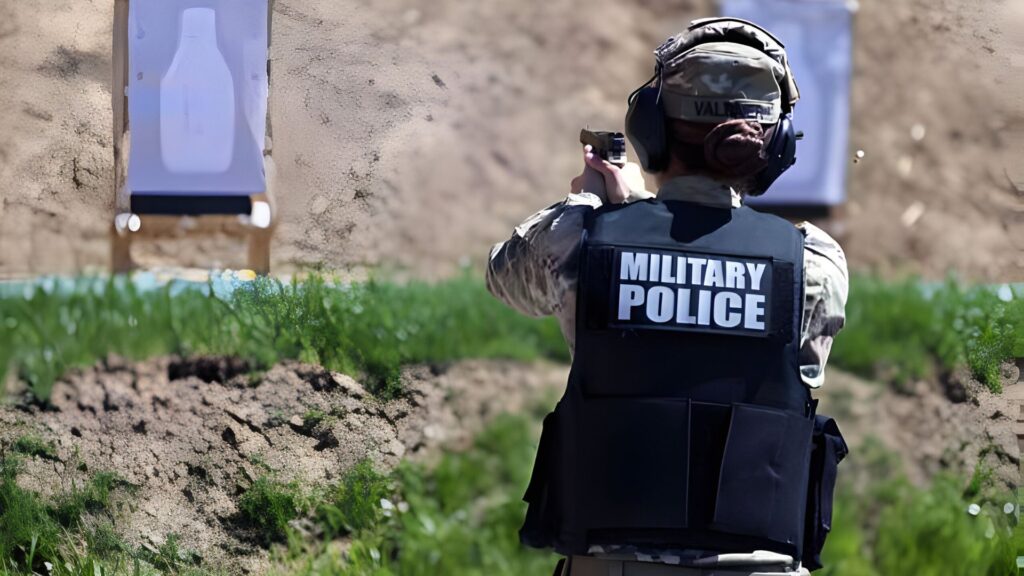
These female soldiers have not only advanced the military police profession but also paved the way for greater opportunities for women in the military. Their commitment to service and their invaluable contributions highlight the importance of gender diversity and inclusivity in the armed forces. By breaking down barriers and shattering historical norms, these women have made a lasting difference and inspired future generations of female soldiers.
As we celebrate the achievements of female military police officers and recognize the progress made, it is crucial to continue supporting and encouraging the inclusion of women in all areas of the armed forces. Embracing gender diversity and creating an environment of empowerment will not only benefit the military but also contribute to a more inclusive society. The future of female military police officers holds the promise of further advancements and continued contributions to the military and society as a whole.
FAQ
What is the role of female military police officers in the United States Army?
Female military police officers play a crucial role in maintaining discipline and ensuring the safety of service members. They contribute to criminal investigations, oversee military police detachments, and provide leadership within the military police community.
Who was the first woman to command a military police company in the United States military?
Linda Bray became the first woman to command a military police company in the United States military. She served as a staff sergeant in the 988th Military Police Company during Operation Just Cause in Panama in 1943.
What challenges do female military police officers face in their careers?
Female military police officers have had to overcome barriers to enter officer training programs and prove themselves capable of meeting the physical and mental demands of the job. They have also had to navigate a male-dominated officer corps, facing resistance and stereotypes.
Have female military police officers served in combat roles?
Yes, female military police officers have made significant strides in combat roles. They have completed rigorous training such as Ranger School and have been awarded the prestigious Ranger Tab. They have also served in special units such as SWAT teams and special reaction teams.
How have female military police officers impacted the United States Armed Forces?
The presence of female military police officers has promoted diversity and gender equality within the military police and the armed forces as a whole. They have broken down barriers, challenged stereotypes, and become role models for future generations of women aspiring to serve in the military.

